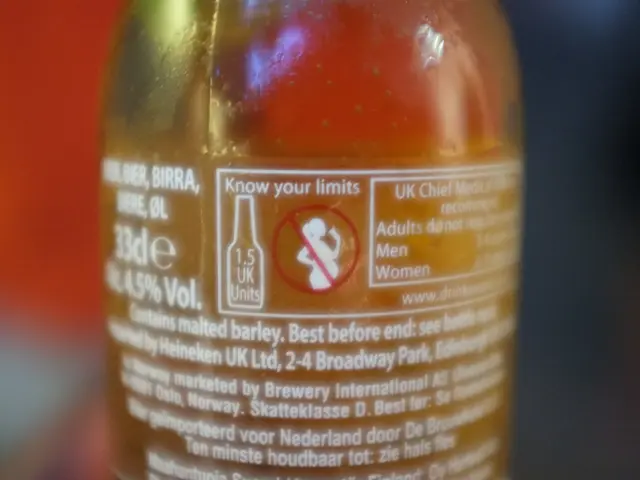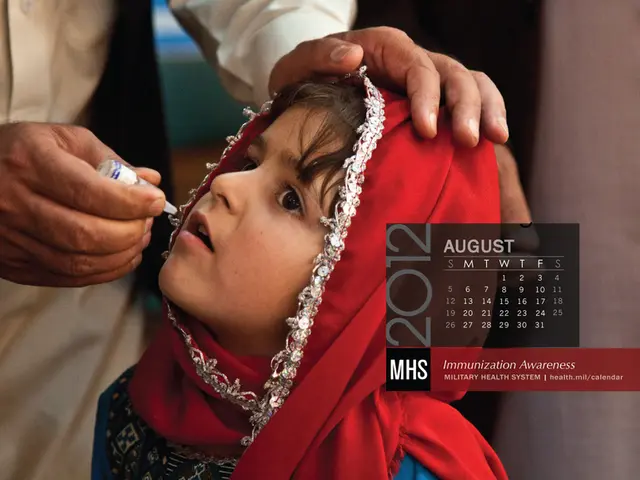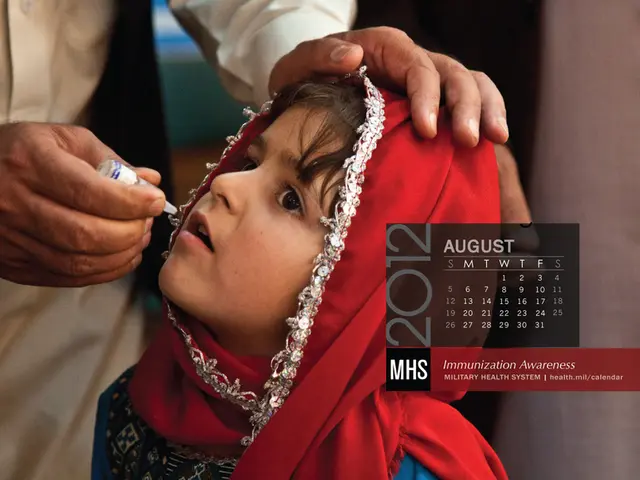Distinguishing Age Spots from Skin Cancer: Identifying Signs and Differences
Age Spots and Skin Cancer: Differences, Symptoms, Diagnosis, and Treatment
As individuals age, they may develop harmless skin marks known as age spots or solar lentigines. These spots can bears resemblance to certain types of skin cancer or precancerous growths, but understanding the key differences between them can aid in early detection of potentially harmful conditions.
Age spots and skin cancer often appear similar, mainly in sun-exposed areas such as the hands, face, shoulders, and arms. Both can develop as a result of prolonged sun exposure and are more prevalent in fair-skinned individuals.
Age Spots
Age spots, characterized by small, dark, flat patches on the skin, are generally harmless, and treatment is not necessary. They result from an overproduction of melanin in response to UV radiation. These spots can blur the defined borders of other features and typically appear from middle age onward.
Skin Cancer
Skin cancer is a type of cancer that can appear in the form of small, dark patches, shiny bumps, or rough scaly patches. Unlike age spots, skin cancer is harmful and may spread to other parts of the body if not treated. The three most common types of skin cancer include basal cell carcinoma, squamous cell carcinoma, and melanoma.
Actinic keratosis, another precancerous condition, can look similar to age spots but is caused by excessive UV radiation damage and can turn into squamous cell carcinoma if left untreated.
Key Differences
To distinguish between age spots and skin cancer, pay attention to texture, color, and placement. Age spots are generally smooth, while skin cancer may have irregular, blurred, or ragged edges. Age spots are usually a single color (yellow, brown, or gray) with clear borders, whereas skin cancer can have multiple colors on the same spot and may be pink, blue, purple, black, or brown.
Symptom Comparison
Age spots and skin cancer can display different symptoms, aiding in their identification. Age spot symptoms include flat, yellow, brown, or gray spots with defined borders, while skin cancer symptoms may include asymmetrical shape, changing size, color, or shape, multiple colors on the same spot, and irregular edges. Actinic keratosis presents as rough, red, pink, or brown patches that may appear similar to age spots.
When to Seek Medical Attention
If you notice any new or changing marks on your skin that are not typical for you, it is important to consult a healthcare professional. Identifying skin cancer early allows for easier treatment and improved health outcomes. Seek medical advice if a mark on the skin changes in color, shape, size, or location, looks different from other marks on the skin, itches, crusts, scabs over, or bleeds and does not heal within four weeks.
Diagnosis and Treatment
A doctor can diagnose age spots via physical examination, based on their appearance, texture, and placement. If they are unsure, a skin biopsy may be performed. The results of a skin biopsy indicate whether a person has skin cancer or another skin condition.
For age spots, cosmetic treatments like laser therapy, cryosurgery, microdermabrasion, and chemical peeling may help reduce their appearance. Age spots are not harmful and treatment is usually for aesthetic purposes.
Skin cancer treatment varies depending on the type and stage of the cancer and a person's individual circumstances. Early-stage cancers may be surgically removed, while more advanced cases may require radiation therapy, chemotherapy, immunotherapy, or systemic medication.
Actinic keratosis can be treated with topical therapies like fluorouracil or imiquimod, photodynamic therapy, cryotherapy, or surgical removal of the affected skin.
In summary, understanding the differences between age spots, skin cancer, and actinic keratosis can aid in early detection and treatment. Paying attention to symptoms, seeking medical attention when necessary, and following recommended treatments can help maintain skin health as individuals age.
- Dermatology plays a crucial role in differentiating between age spots, skin cancer, and other skin conditions like actinic keratosis, due to their similarities in appearance.
- Cancer specialists in oncology often work together with dermatologists to diagnose and treat various skin cancers, including melanoma, basal cell carcinoma, and squamous cell carcinoma.
- Management of skin-care for seniors is essential, as they are at a higher risk of developing skin conditions like skin cancer, age spots, and otherskincancer, and should adopt health-and-wellness practices focused on protecting their skin from UV radiation.
- Knowing the symptoms of different skin conditions, such as the blurred borders, irregular colors, and irregular shape of skin cancer, can help one make informed decisions about seeking proper medical diagnosis and treatment for medical-conditions affecting their skin.
- Skin-care routines centered on regular examination of the skin and prompt medical care provide an effective strategy to prevent and address age spots, skin cancer, and various other skin-conditions, ensuring continued overall health and wellness.








